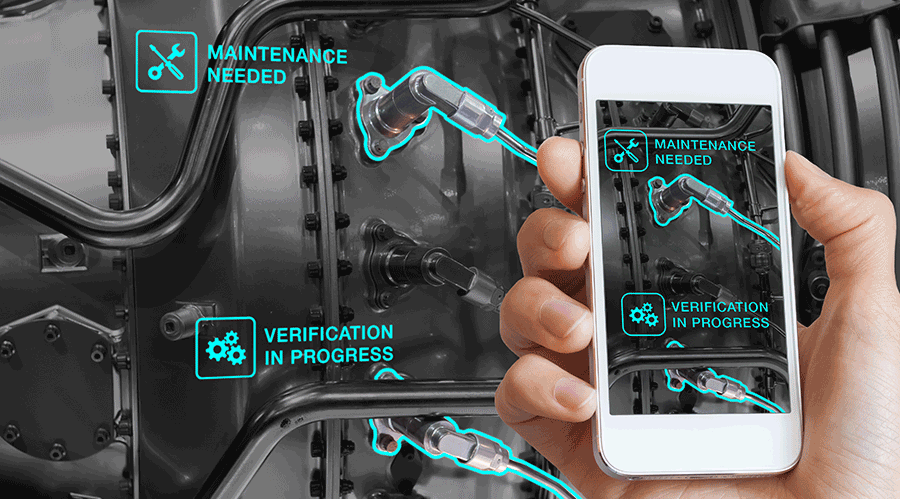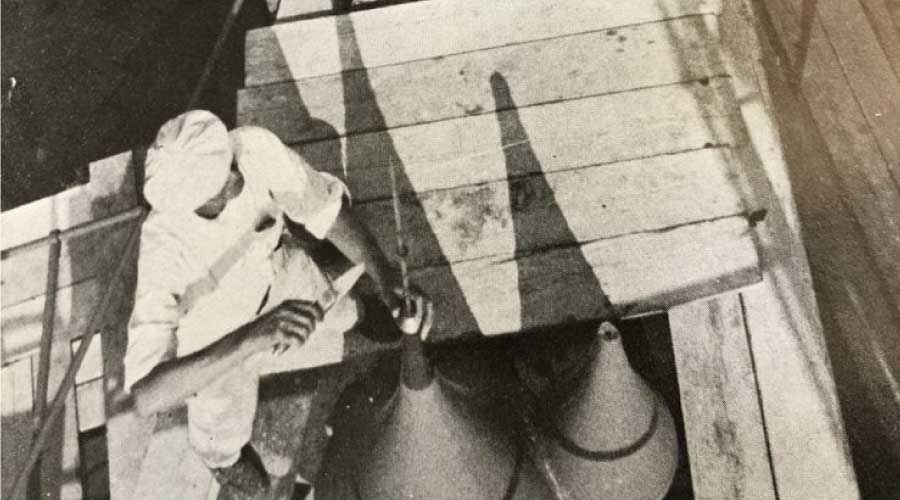Customer Service: The Face of Maintenance
OTHER PARTS OF THIS ARTICLEPt. 1: This Page
In the daily life of a maintenance and engineering department, customer service is easy to overlook. It's a soft skill in a field of technical issues.
It's also not the highest priority for most managers. Sustainability, energy efficiency, regulatory compliance, occupant safety and a thousand other issues seem more important than building stronger relations with customers.
In fact, many of these issues are more important, mostly because they have a more direct and larger impact on the organization's bottom line. These days, the bottom line means a lot.
But take a step back, and you realize customer service can mean a great deal to the finances of maintenance and engineering departments. Close working relations and clear communication with customers can help identify maintenance problems more quickly, keeping labor and material costs lower. They also can help identify opportunities for greater efficiency, whether related to energy or work processes.
Just as importantly, solid customer service can help managers in their quest to put a positive face on their departments, many of which suffer from a poor image within facilities, or no image at all.
Front-line technicians generally are the face of the department. So if training can help them interact more effectively with customers and, as a result, provide better and more cost-effective service, it becomes easier for managers to make the case for increased funding — or at least smaller cuts — for maintenance and engineering budgets.
The challenge for managers is making the most of their investments of time and money in customer-service training for technicians, as well as for themselves. Here are some suggestions for success:
Identify the customer. Most departments have two sets of customers, each with different needs. In hospitals, the ultimate customer is the patient. But the most immediate customers are nurses, doctors and therapists. In K-12 schools, the ultimate customers are students, the most immediate customers are teachers and principals.
Set goals. By understanding the needs of each type of customer, managers can set realistic goals for training that will help technicians meet those needs.
Select a provider. Will the training come from internal sources, such as the human resources department? Or will an outside firm or consultant do so? If managers go outside for training, get recommendations, and carefully consider the costs.
Training into benefits. Make sure the training includes practical, concrete steps for turning the investment in training into bottom-line benefits, both for the department and the organization.
Dan Hounsell offers observations about trends in maintenance and engineering management and the evolving role of managers in facilities.
Agree? Disagree? Have something to say? We want to hear from you. Visit myfacilitiesnet.com/danhounsell, and "Start a Conversation."
Related Topics:











